National Solar Energy Policy in Europe
The massive surges in energy prices have ended up in increased living costs for Europeans. Now it’s the time for the nation to have protection against the energy crisis. Since fossil fuels often remain expensive, it has become essential thing for the Government to make increases in the prices in order to protect poor households and encourage energy conservation.
So, what is the need for a national solar energy policy in the region? What is the ray of solar hope in Europe?
Solar in Europe
The European Union is encountering dual challenges of high energy prices as well as energy security concerns. The situation is the result of Russia’s invasion of Ukraine. Now is probably the condition where efficiency gains and domestic energy production are becoming increasingly important. After the difficulty of the pandemic years, now the celebration of Midsummer and the Summer Solstice is believed to bring hope for Europe against the energy price hikes and increasing cost of living with the bright rays of the sun.
Since solar costs have been reduced by 82% compared with the last ten years, the European Commission considers solar energy as the very affordable and cheapest source for electricity production. The EU has set a top score in the period from May to August 2022 with its 12% electricity generated from solar. With Europe shaken by the gas crisis, solar power serves as much-needed relief for the region.

The report produced by CAN Europe and its member organizations focusing on rooftop solar PV on residential buildings (including both individual and collective self-consumption) shows that there are still significant barriers at the national level which impede a higher uptake of rooftop solar PV, and many Member States still lack the right regulatory framework and enabling environment.
Shifting the attention on the way to renewables
In response to the gas crisis, Russia’s aggression, and the Covid pandemic, European Governments are on their way to accelerate decarbonization. Aimed to overcome the over-dependency of Europe on fossil-fuel imports, longer-term policies possessing a major focus on accelerating the green transition are in force. With the core goal lies in getting out of the dependency on Russian supplies, the EU is on its way to diversifying the energy supply and here renewable energy serves as an excellent alternative. In fact, a significant investment has been done to boost the opportunities for renewable energy technologies in Europe. Also, the advancements in technologies also empower the countries to generate renewable energy cost-effectively. The Renewable Energy Directive has derived a common framework that is equipped with the objective of promoting renewable energy sources in the European Union and will work on obligatory national targets of attaining a 20% share of renewable energy in overall energy consumption and a 10% share of energy in transport from renewable sources by 2020.
The interactive map below reveals how countries are performing on each of the areas examined. By clicking on a country, it will display that country’s profile.
National energy policy in Europe toward climate change
As per the Paris Climate Agreement signed off in December 2015, the European Commission is committed to reducing greenhouse gas emissions. The proposed European Green Deal involves 27 European countries to become ‘climate neutral’ by 2050. Moreover, the nation is dedicated to setting its shorter-term goals that upkeep the energy transition on track. The new national energy policy is pictured on how well the European Union governments are capable of meeting the ongoing energy crisis. In order to achieve 2030 climate and energy targets, EU countries are in need of developing National Energy and Climate Plans (NECPs). This lays the foundation for EU-28’s energy policy and is intended to reinforce solar investments for businesses in Europe. The European Union has marked a target of reducing carbon emissions by at least 40%, aimed to achieve by 2030. With Europe armed with plenty of renewable energy sources, it is not a surprise that the nation is diving into deploying solar energy. As per European Commission President Ursula von der Leyen, “Europe with its European Green Deal’ is probably the foremost climate-neutral continent by 2050. A key factor that could address three complex challenges such as access to secure energy, lessening energy prices, and confronting climate breakdown is increasing the share of renewable energy to 45% by 2030. The early history of the renewable energy policy of Europe involved incremental steps in solar, after 1990, with the international climate change regime establishment, substantial actions were put into place.
European Green Deal
European Green Deal, a road map to building the bloc climate neutral and confronting the climate crisis by 2050 makes the way for Europe to transform the existing climate and environmental challenges as possibilities across all policy areas. The major purpose of this Green Deal includes:
- Carbon emissions reduction
- Sustainable transport and industry
- Boosting the European economy through green technology
A vital consideration apart from the above is to fortify the EU’s global leadership. The proposed plan from the Commission emphasizes accomplishing 45% of the EU’s energy mix from renewables by 2030. Among these, an advance on the existing 40% target was realized less than a year ago. It has also been intended to cut energy consumption by 13% by 2030.
All the countries across southern and eastern Europe have progressively affiliated their plans for energy and economic growth in alignment with the EU sustainability strategy. Being a very economical and easily deployable technology, the National solar energy policy in Europe would make it best for the states to realize a sustainable, and cost-efficient energy transition.
Related post :
The new Sineng on grid inverters and their benefits
Things To Consider When Installing A Rooftop Solar Plant
Solar Energy at the FIFA World Cup Qatar 2023
Do You Really Save Money With Solar
Sungrow & Power n Sun With a Clear Vision to Power up Africa
Sineng and PNS Launch Next Generation of String Inverters in Pakistan
UAE Net Zero by 2050
How to increase the efficiency of solar panels
How Many Solar Panels Do I Need in UAE
How Shams Dubai Net Metering Program Works

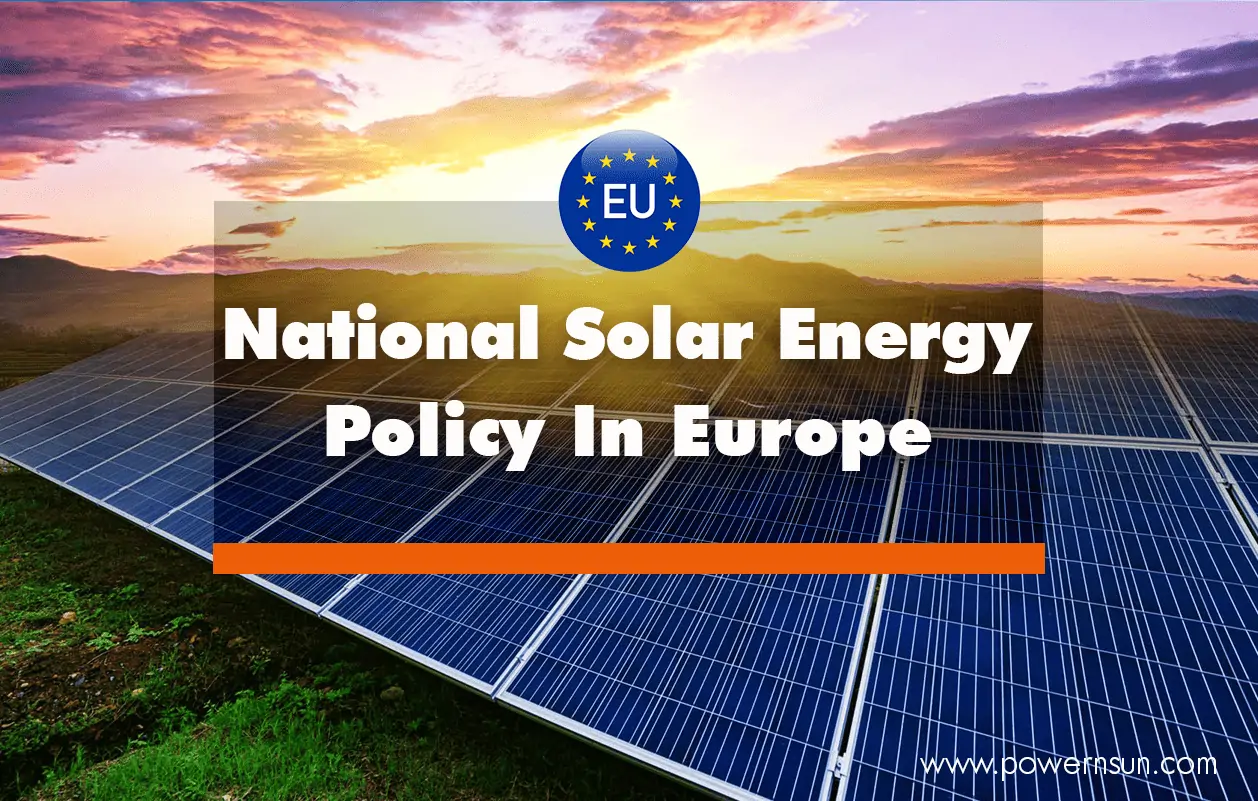

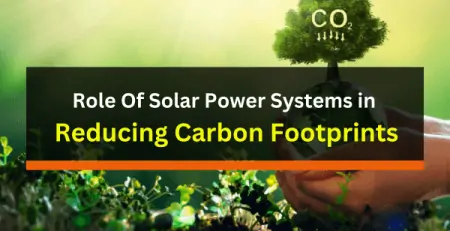
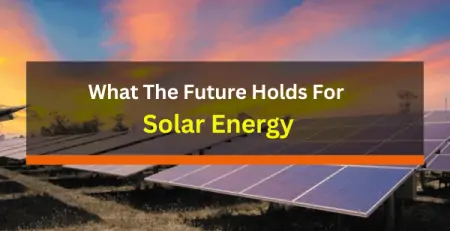
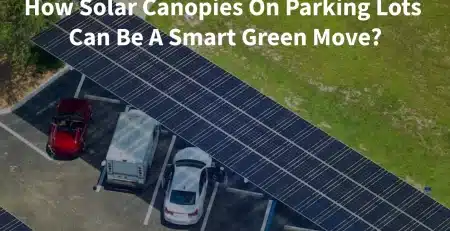
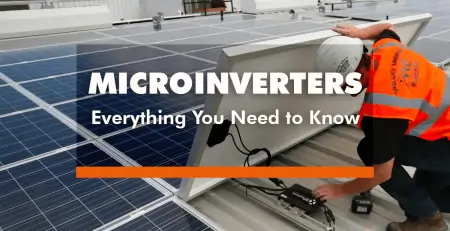
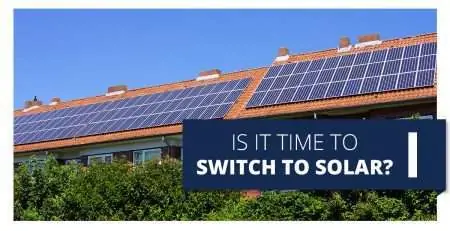
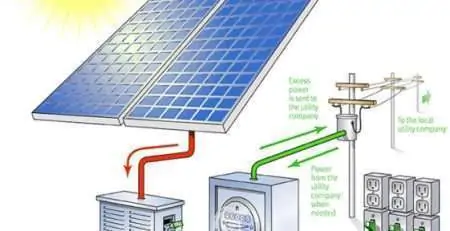

Leave a Reply